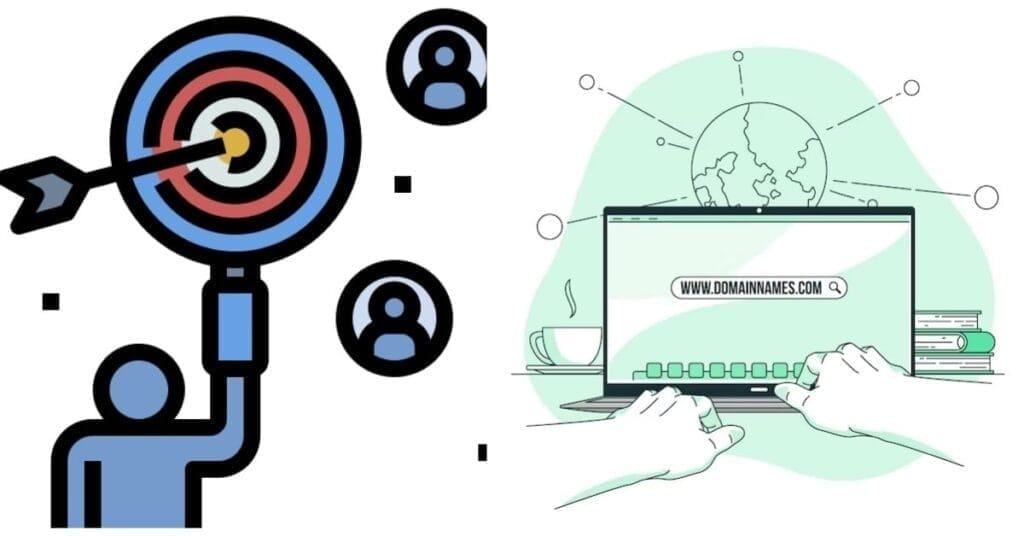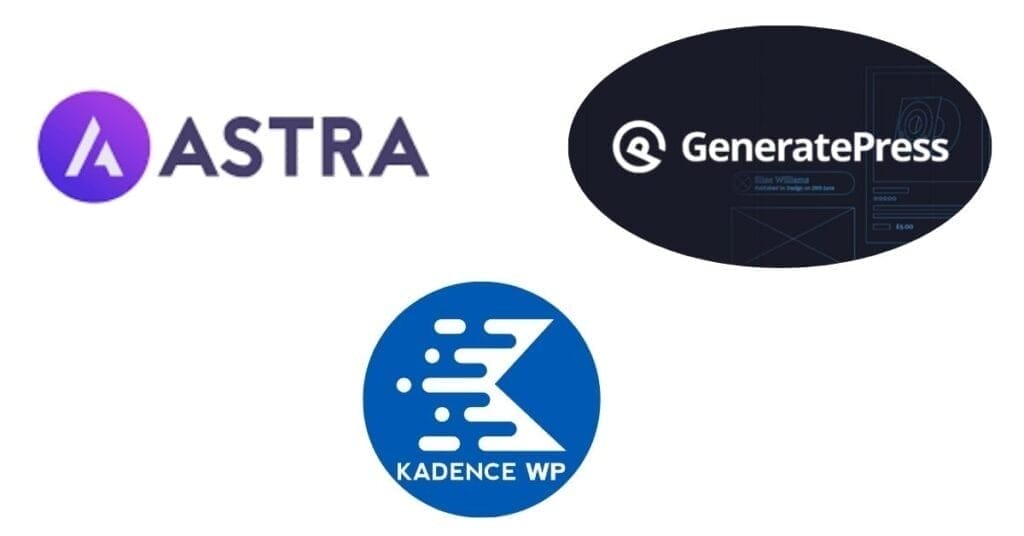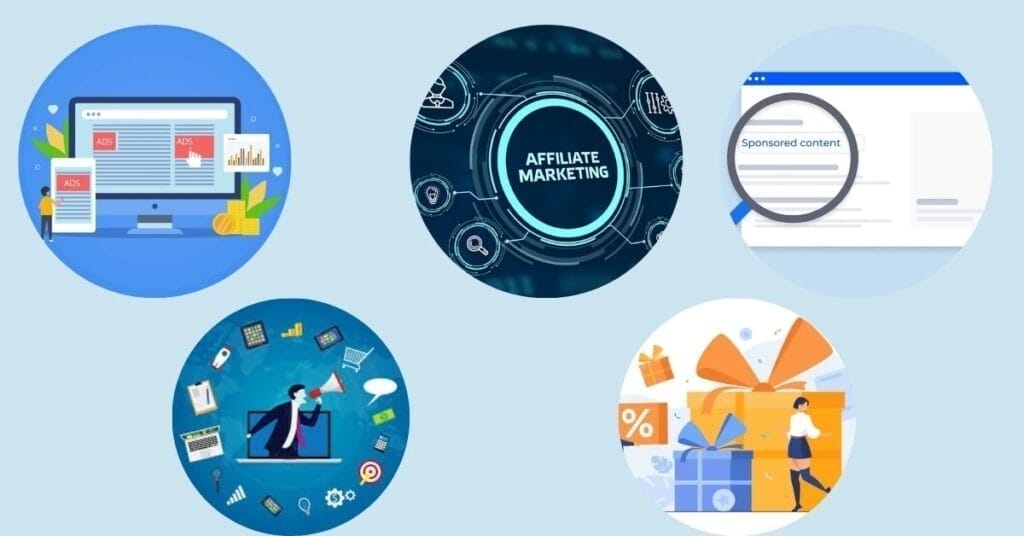How to Start a Successful Blog: A Complete Guide for Beginners
Imagine having a blog that shares your passion and earns you money. Sounds amazing, right? Many successful bloggers have built profitable careers from their websites, and you can too! Did you know that there are over 600 million blogs worldwide? That’s a lot of competition, but don’t let that discourage you! This guide will walk you through every step to start a successful blog, from selecting a niche to monetization strategies.
Affiliate Disclosure: Some links on this site are affiliate links, which means I may earn a commission if you click through and make a purchase at no extra cost. Read Full Disclosure
Why Start a Blog?
- Express Your Passion: Share your thoughts and expertise globally on topics you love.
- Build a Personal Brand: Establish authority and grow a loyal audience.
- Generate Income: Monetize through ads, affiliate marketing, sponsored content, and more.
Related Post: Is Blogging Dead? The Future of Blogging in 2025 and Beyond
How to Start a Successful Blog in 6 Steps:
1. Choose a Niche and Domain Name

The first step in starting a successful is to choose a niche and domain name. When choosing a niche for your blog, consider these points:
- Your Interests and Knowledge: Pick a topic you know a lot about and love writing about.
- Audience Interest: Check if there’s a demand for content in your chosen niche.
- Competition: Look at existing blogs in your niche to find your unique approach.
When choosing a domain name for your blog, consider these points:
- Choose a Short and Memorable Name: When choosing a domain name, aim for something concise and easy to remember. A shorter name reduces the risk of errors when customers type it in, making it more likely they’ll find your site without any hassle.
- Prioritize the “.com” Extension: Whenever possible, choose a domain with a “.com” extension, as it’s the most trusted and recognized by users. If the “.com” version of your desired name is unavailable, consider small variations before exploring other extensions like “.net” or “.co.”
- Balance Branding with SEO: Consider using a partial match domain that includes your brand name and a relevant keyword. This approach helps create a strong brand identity while improving your chances of ranking higher in search engine results.
- Check the Spam Score of a Domain: Before purchasing a domain name, it’s important to check its spam score and history. Some domains may have been previously used and could have a high spam score, which can lead to penalties from Google.
2. Get Your Blog Online(Select a Hosting Provider)

The second step in starting a successful blog is to choose the best hosting provider. Hosting is where your website’s content and files are stored. Many options are available, but Hostinger is a reliable and affordable choice for beginners. Hostinger offers fast, secure, and user-friendly hosting solutions with various plans. The Premium plan is an excellent starting point, providing enough features to grow your blog. It includes 100 GB of space, weekly backups, free SSL, and a free domain name if you purchase a 12-month plan or longer.
Once you’ve purchased hosting from a hosting provider, the next step is to set up WordPress. WordPress is a Content Management System (CMS) that allows you to publish articles, design your website, and manage your content easily. Most hosting providers, including Hostinger, offer a one-click WordPress installation through their dashboard.
3. Customize Your Blog with a WordPress Theme

WordPress offers a variety of free and premium themes to give your blog a unique look. You can customize the layout, colors, fonts, and more to match your brand. If you’re starting a blog focused on articles, consider choosing a theme designed specifically for blogging, as this will make your content look more polished and professional.
The most popular WordPress themes for blogging are Astra, GeneratePress, and Kadence.
Check out expert Fiverr services here to get started hassle-free!
4. Write High-Quality Content for Blog

Content is the backbone of your blog. To attract and retain readers, your posts should be engaging, informative, and valuable.
- Start with a Strong Headline: Your headline is the first thing readers see, so make it compelling and relevant.
- Use an Engaging Introduction: Capture your reader’s attention with a strong opening highlighting the post’s value.
- Break Up Text: Use subheadings, bullet points, and images to make your content easily scannable.
- Provide Value: Focus on solving problems, answering questions, or providing insights that your audience finds useful.
- Include a Call to Action (CTA): Encourage readers to take the next step, whether it’s subscribing to your newsletter, leaving a comment, or sharing the post on social media.
If you want your blog to succeed, you need to ensure your content is optimized for search engines. Here’s how:
- Keyword Research: Use tools like Ahrefs, SEMrush, or Google Keyword Planner to identify keywords related to your niche.
- On-Page SEO: Include your primary keyword in the title, meta description, headers, and naturally throughout the content.
- Image Optimization: To improve visibility in image search results, use relevant images with alt text that includes your keywords.
Pro Tip for Keyword Research: If your website is new, target keywords with a Keyword Difficulty (KD) below 15 according to Semrush.
5. Promote your Blog

Creating great content is just the beginning. To build an audience, you need to promote your blog effectively:
- Social Media Marketing: Share your posts on platforms like Facebook, Twitter, Instagram, and Pinterest. Create content that fits the platform’s audience.
- Email Marketing: Build an email list and send newsletters to inform your audience about new posts and updates.
- Guest Blogging: Write guest posts for other reputable blogs in your niche to gain exposure and backlinks.
- SEO: Continuously optimize your blog for search engines to increase organic traffic.
6. Monetize Your Blog

Once your blog starts attracting traffic, you can explore various monetization strategies:
- Display Ads: Use platforms like Google AdSense to display ads on your blog. You earn money based on clicks or impressions.
- Affiliate Marketing: Promote products or services related to your niche and earn a commission on sales made through your referral links.
- Sponsored Content: Partner with brands to create sponsored posts or reviews in exchange for payment.
- Selling Digital Products: Create and sell eBooks, online courses, or printables related to your niche.
- Membership Programs: Offer premium content or services through a subscription-based model.
Conclusion
Blogging offers a platform to express yourself, build a personal brand, and earn income. To start a successful blog, choose a niche that resonates with you, create valuable content, and strategically promote your blog. Remember, success in blogging doesn’t happen overnight. It requires consistent effort, creativity, and a willingness to learn and adapt.








hi
Hi